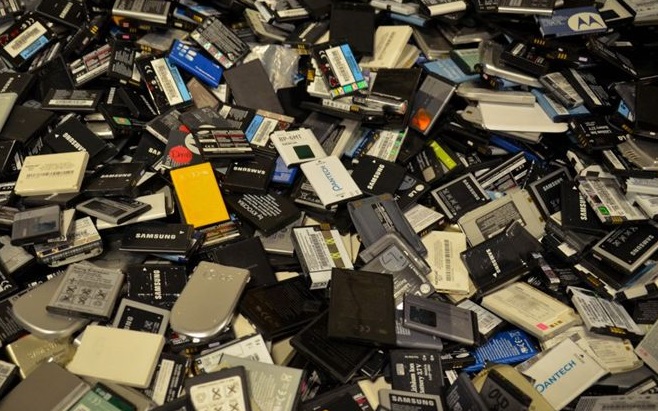Swiss researchers working on new materials to replace lithium in batteries

Scientists supported by the Swiss National Science Foundation (SNSF) have produced novel electrolytes for rechargeable sodium and magnesium batteries. The research group's objective was to develop alternatives to lithium-ion technology.
The recent research, led by Arndt Remhof of the Swiss Federal Laboratories for Materials Science and Technology, Empa, is said to have demonstrated the potential of sodium and magnesium and his team has produced experimental battery components based on these metals.
Remhof’s team has developed a solid electrolyte that allows good mobility of sodium ions at 20°C. This last point is crucial: ions require a source of heat in order to move, and inducing a reaction at room temperature poses a technical challenge. The electrolyte is also non-flammable and is chemically stable up to 300 degrees, which addresses the various safety concerns associated with lithium-ion batteries
The electrolyte is also said to be non-flammable and chemically stable at temperatures of up to 300°C, which addresses the various safety concerns associated with lithium-ion batteries. Meanwhile, a team at the University of Geneva, led by Professor Hans Hagemann, has been working in parallel to develop cheaper methods of producing the new solid electrolyte.
“Availability is our key argument”, says EMPA researcher Léo Duchêne. “However, sodium stores less energy than the equivalent mass of lithium and thus could prove to be a good solution if the size of the battery isn’t a factor for its application.”
The same team has also developed a solid magnesium-based electrolyte, citing its abundance, light weight and no risk of explosion. However, because a magnesium ion has two positive charges, it can store almost twice as much energy in the same volume as lithium.
But higher temperatures are needed to get suitable mobility – the lowest temperature achieved so far is 70°C. EMPA’s Elsa Roedern noted: "This is pioneering research and a proof of concept," says Elsa Roedern of Empa, who led the experiments. "We are still a long way from having a complete and functional prototype, but we have taken the first important step towards achieving our goal."
The Novel Ionic Conductors project brings together researchers from Empa, the University of Geneva, the Paul Scherrer Institute and the Henryk Niewodniczanski Institute for Nuclear Physics in Poland. It has been funded by the Swiss National Science Foundation since 2015 as part of the Sinergia programme, which supports collaborative and interdisciplinary research. "What we have managed to achieve in less than two years is quite extraordinary!" says Arndt Remhof.

